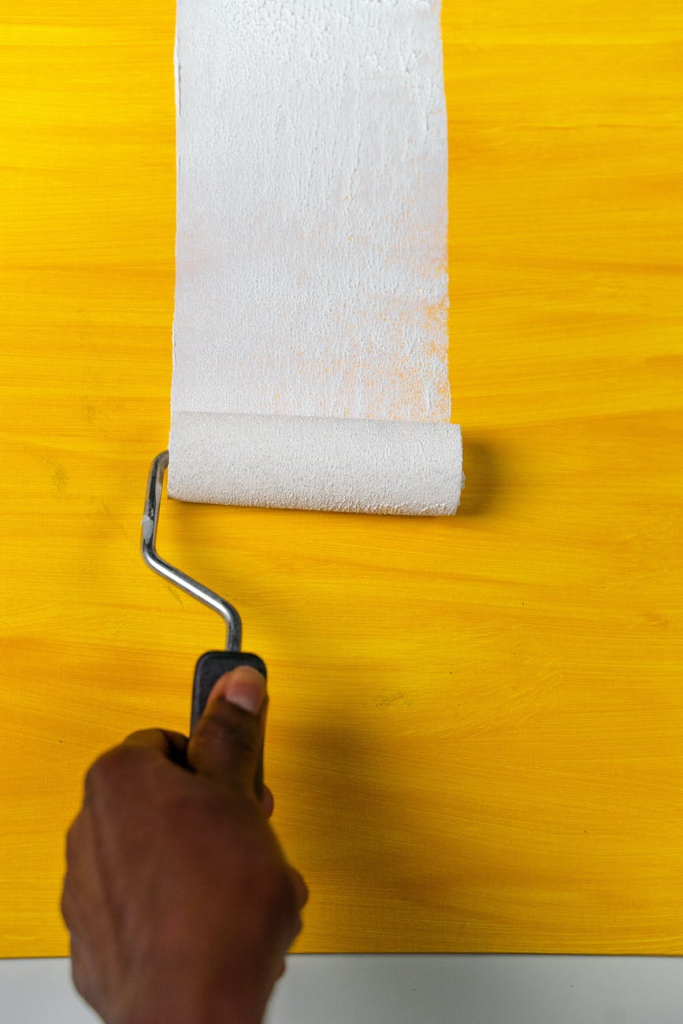
Indeed, using paint primer before painting is strongly advised. Paint manufacturers typically suggest applying one or two primer coats using a brush, roller, or sprayer. This ensures a more vibrant final color. Hourly-paid paint professionals often recommend primer. However, contractors charging per project might skip it, especially if materials are included. The decision to prime often depends on subjective factors like cost, time, and patience, rather than objective needs. Priming can seem needless, as it requires similar effort to applying the color coat. We’ve compiled essential information about using paint primer.
When Should Primer be Used?
For a flawless finish,experts recommend using a primer before your two coats of paint,even if the paint claims to be self-priming.Priming first ensures the truest, most vibrant color shines through.Think of it as the perfect base for bold hues. Generally, one primer coat is enough. Though, in certain situations, applying one or two coats ensures full coverage. Here are examples where primer is essential before painting.
Exterior Surfaces
Exterior projects differ from interior ones; priming is essential. Exposure to extreme temperatures and harsh conditions necessitates an exterior paint primer layer.If these conditions arise, paint over the primer within 48 hours. Most primers bond chemically wiht the topcoat.Delaying this process reduces the primer’s effectiveness.
Covering Stains
Freshening up old furniture with a new paint job can revitalize it. You can also transform dull trim into something eye-catching. Remember, paint enhances color, it doesn’t hide flaws. For discolored areas, use a primer before painting. This prevents discoloration from bleeding through. It also gives the paint a strong base for better adhesion. The result is a modern look that lasts longer.
Dark to Light Color Change
Reduce issues when using expensive, light paint over dark colors on large areas. If the old color is very dark, use two white primer coats first. When switching from light to dark,most paint stores can tint the primer to match. This makes the primer closer to the wall color, reducing the coats needed.
Conceal Unpleasant Odors
Imagine moving into a new home. Perhaps the previous owner smoked, had pets, or cooked with pungent spices. In these cases, priming the walls before painting is crucial. Quality primers effectively seal in odors that regular paint can’t handle. Without primer, these smells will likely resurface quickly.
Porous Surface
Before painting, meticulously prime any porous surfaces. This includes bare or untreated wood, even if it looks smooth. A porous material readily absorbs liquids, moisture, oils, odors, or stains. Freshly installed drywall is also highly porous. This applies to both the exposed paper face and the hardened joint compound.
Skipping primer can lead to paint absorption by porous surfaces like wood or drywall. These surfaces will literally drink the paint. Also, repaired drywall often has visible spackle or bonding agent residue.For small repairs, buying extra primer isn’t essential.After patching, simply apply a small amount of your regular paint to the repaired spots. Once these areas are fully dry, paint the entire wall. The previously damaged areas will blend seamlessly.
New Drywall
Priming isn’t always about the material itself, but its absorbency. Highly absorbent materials can cause issues. You might need many paint coats because the material soaks up too much. New, untreated drywall is a prime example, especially the joint compound used for filling gaps. Painting it directly results in a patchy, uneven finish. This is as it absorbs paint faster than surrounding areas, leading to a dull, inconsistent look.
Two drywall primer options stand out as highly effective in 2025. For professionals working with pristine drywall, a standard primer is adequate. however, for DIYers or projects with minor imperfections like dark spots or scratches, a high-build primer-sealer is recommended. While pricier, it creates a smooth, even surface.
